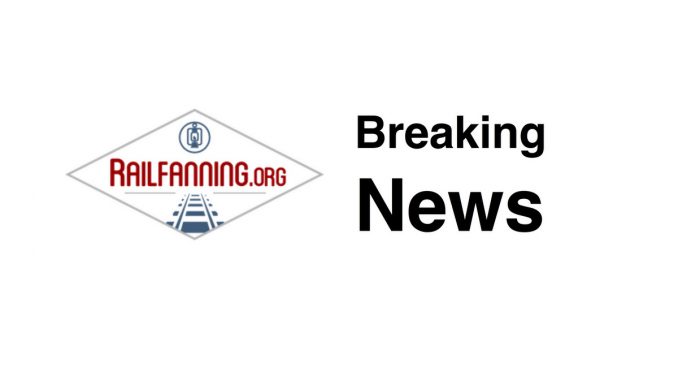
British investigators Friday confirmed that a landslide caused the fatal passenger train derailment in northeast Scotland that killed three people and injured six others this week.
In a report published on its official website, the British Rail Investigation Branch says the train derailed after it struck a landslide that had covered the tracks in a rural area about 6.4 kilometers southwest of the coastal town of Stonehaven and 160 kilometers northeast of Edinburgh.
The investigators say after the derailment, the train kept going in a straight line as the track curved to the right. The lead power car struck a bridge parapet and fell down a wooded embankment with the third passenger car.
The report says derailment killed the train’s driver, its conductor and one passenger. One other member of the crew and five passengers were taken to the hospital, but their injuries were not considered serious.
Heavy rains in previous days were believed to have caused the landslide. In a statement Friday, Chief Rail Inspector Simon French said that while fatal accidents on the railway remain rare, landslides “and other earthworks failures remain a risk to trains.” He said this is becoming more challenging for the rail industry due to the increasing incidence of extreme weather events.
Prince Charles is visiting the accident site Friday to thank emergency workers who came to help others in rugged terrain.

